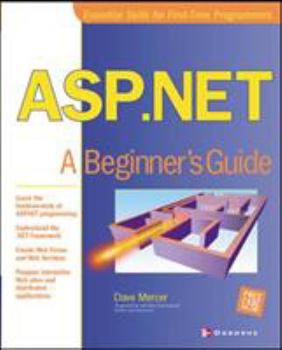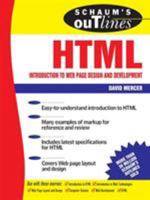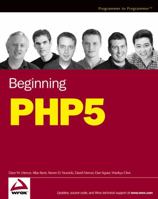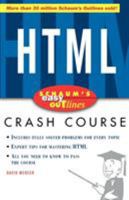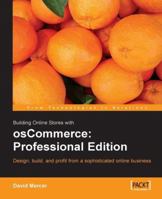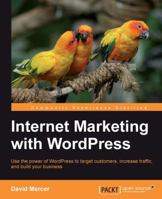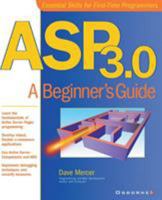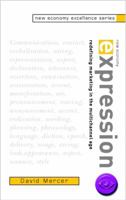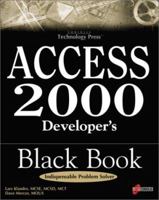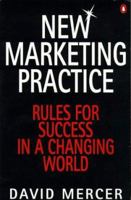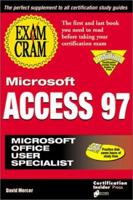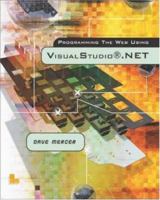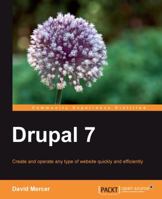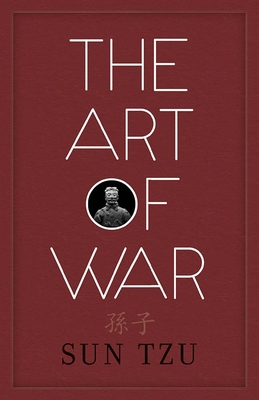ASP.NET: a beginner's guide
Select Format
Select Condition 
Book Overview
The aim of this guide is to enable beginners to gain an understanding of core VisualBasic and JScript programming concepts and learn how to create Web forms and Web services. An established modular formula has been used. This description may be from another edition of this product.
Format:Paperback
Language:English
ISBN:0072195126
ISBN13:9780072195125
Release Date:December 2001
Publisher:McGraw-Hill Companies
Length:550 Pages
Weight:2.70 lbs.
Dimensions:1.4" x 7.5" x 9.2"
More by David Mercer
Customer Reviews
19 customer ratings | 7 reviews
There are currently no reviews. Be the first to review this work.
Plot & Structure: Techniques and Exercises for Crafting a Plot That Grips Readers from Start to Finish Mentions in Our Blog

NaNoWriMo Time!
Published by Ashly Moore Sheldon • November 06, 2019
Are you an aspiring author? National Novel Writing Month, aka NaNoWriMo, is an online writing project, which began 20 years ago in 1999. The objective? Write a 50,000-word novel during the month of November? Ready, set, go!











